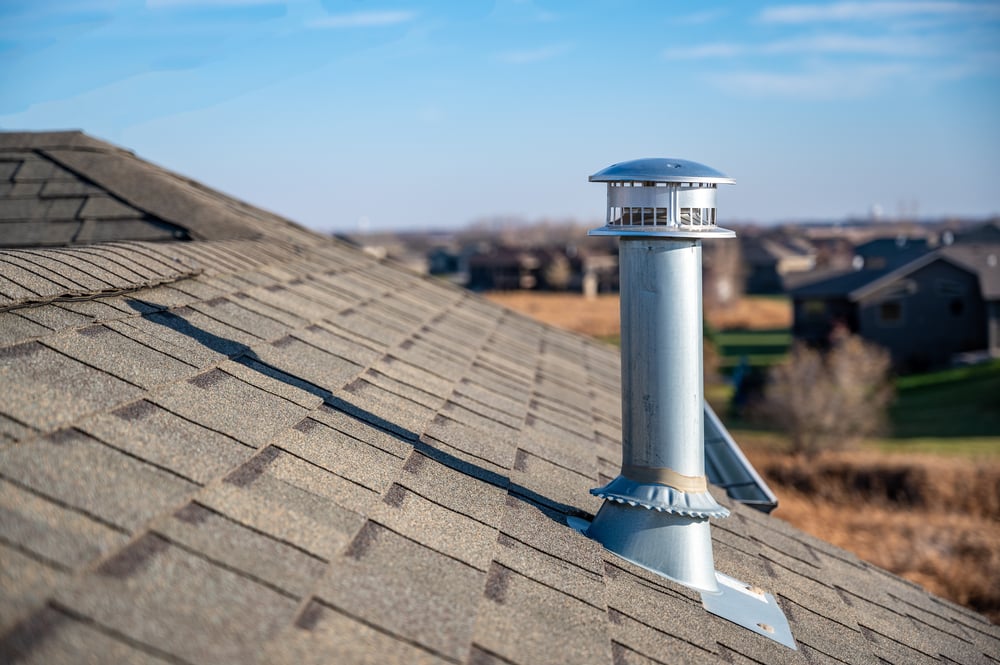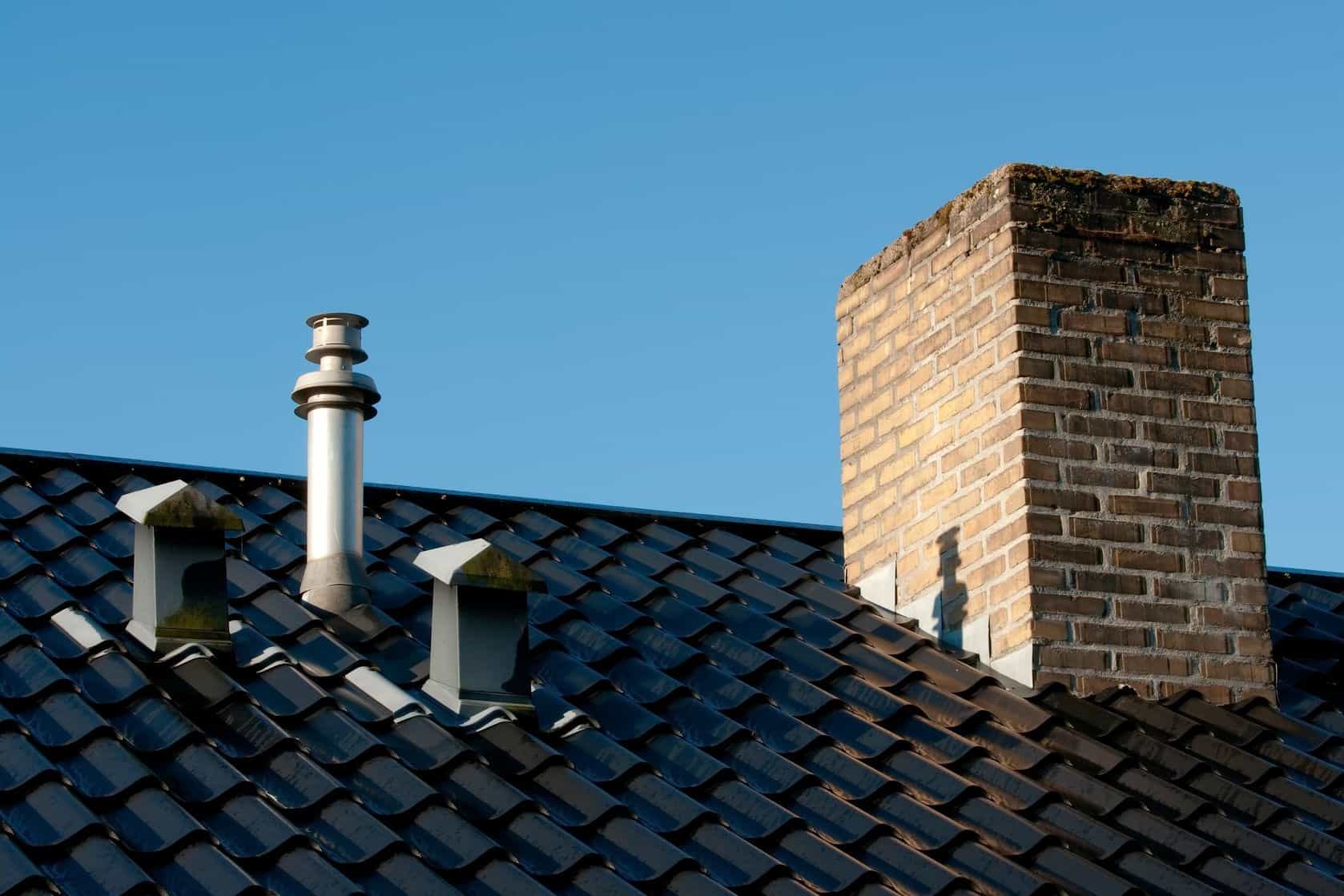Exploring The Importance of Proper Ventilation in Plumbing Systems
Exploring The Importance of Proper Ventilation in Plumbing Systems
Blog Article
They are making a few great pointers related to What Is a Plumbing Vent and Why Is It Important overall in the article followed below.

Proper ventilation in pipes systems is often overlooked, yet it is important for preserving the capability and safety and security of your home's plumbing. Ventilation assists regulate air pressure, prevent the buildup of damaging gases, and make certain the reliable removal of waste. In this overview, we will discover the significance of proper plumbing air flow, how it functions, and the benefits it gives your pipes system.
Understanding Ventilation in Plumbing
Ventilation in pipes refers to the network of pipes that enable air to flow with the water drainage system. These vents serve multiple objectives, consisting of managing atmospheric pressure within the pipes, preventing sewer gases from entering the home, and helping in the smooth circulation of wastewater.
Just How Air Flow Works in Pipes Equipments
Atmospheric Pressure Law
Proper ventilation preserves well balanced air pressure within the pipes system. When water streams with pipes, it displaces air. Without appropriate air flow, this displacement can develop adverse pressure, leading to slow drains pipes or siphoning of water from traps, which can cause undesirable odors to permeate into the home.
Avoiding Sewer Gas Build-up
One of one of the most important functions of plumbing vents is to prevent sewer gases, such as methane and hydrogen sulfide, from gathering within the home. These gases can present major wellness threats and are very combustible. Vent pipes enable these gases to leave safely outdoors.
Aiding in Waste Removal
Ventilation helps in the reliable elimination of wastewater by avoiding airlocks in the drainage system. When air can flow openly with the vents, it enables water and waste to stream smoothly via the pipelines, lowering the danger of clogs and backups.
Kinds Of Pipes Vents
Main Heap Vent
The primary stack air vent, also called the vent stack, is the key vent in a plumbing system. It prolongs from the main drain line up via the roof, enabling gases to run away and fresh air to get in the system.
Branch Vent
Branch vents attach to the major pile air vent and serve private components, such as sinks, toilets, and showers. These vents ensure that each fixture has appropriate air flow to work properly.
Air Admittance Shutoff (AAV).
An Air Admittance Shutoff (AAV) is a one-way shutoff that allows air to get in the plumbing system without the need for a conventional vent pipeline prolonging via the roof covering. AAVs are frequently utilized in renovations or locations where installing a conventional vent is unwise.
Indications of Poor Air Flow in Plumbing.
Slow Draining Fixtures.
If your sinks, tubs, or bathrooms are draining gradually, it could be a sign of inadequate ventilation. Insufficient air flow can create a vacuum cleaner effect, making it difficult for water to drain pipes appropriately.
Gurgling Appears.
Gurgling sounds originating from drains pipes are typically a result of air being drawn through water traps because of negative stress in the pipelines. This is a clear indication of inadequate ventilation.
Undesirable Smells.
Sewage system smells inside your home are a red flag that your pipes system is not properly aerated. This might mean that drain gases are not being appropriately vented outside, leading to possibly dangerous problems.
Typical Ventilation Blunders.
Insufficient Vent Sizing.
Making use of undersized vent pipes can cause inadequate air flow and stress imbalances in the system. It's important to utilize vents that satisfy the certain demands of your pipes system.
Improper Vent Placement.
Placing vents too much from the components they offer can lower their efficiency. Proper positioning makes certain that air can stream freely and efficiently via the system.
Disregarding Code Demands.
Building ordinance supply particular guidelines for plumbing air flow. Neglecting these codes can result in a system that fails to work correctly and might result in costly repairs or carcinogen.
Advantages of Appropriate Air Flow.
Improved System Effectiveness.
Effectively aerated pipes systems run more effectively, with less clogs, faster draining pipes, and much less pressure on the pipes. This performance prolongs the life expectancy of the pipes system.
Improved Air Quality.
By avoiding sewer gases from entering your home, correct ventilation adds to far better indoor air top quality, making your living environment healthier and a lot more comfy.
Protecting Against Water Damages.
Appropriate air flow helps protect against water from being siphoned out of traps, which can result in sewer gases going into the home and triggering water damage over time.
Actions to Make Sure Proper Ventilation.
Consulting Pipes Codes.
Constantly consult regional plumbing codes when making or modifying your plumbing system. These codes offer the required standards for appropriate airing vent and ensure your system meets safety and security criteria.
Regular Examination and Upkeep.
Routine assessments can aid identify possible ventilation concerns prior to they come to be significant issues. Upkeep jobs, such as cleansing air vent pipes and looking for obstructions, are crucial for maintaining the system in good working order.
Professional Installation.
For brand-new installations or significant adjustments, it's a good idea to hire a professional plumbing technician. They have the expertise to make sure the ventilation system is correctly created and installed according to code.
Verdict.
Appropriate air flow is a vital part of any plumbing system, making sure that it operates efficiently and safely. By comprehending the value of ventilation, acknowledging the signs of bad air flow, and taking actions to keep your system, you can protect against expensive issues and secure your home's air quality.
What is a Plumbing Vent and it's used for?All plumbing systems in residential and commercials construction have a plumbing vent. It doesn’t just vent unwanted odors from the drainage system to the outside; it actually serves an important purpose by supplying air to the system.
The plumbing drainage system is actually called a drainage, waste and vent (DWV) system. When water flows down the piping, an air supply (vent) is needed to allow the water to flow. Think of the vertical pipe as a drinking straw. If you plug the top end of a straw, liquid won’t drain from it.
The DWV system in your building consists of a series of pipes connected to each fixture; they extend above each fixture, and the system terminates at an open pipe that extends through the roof. This piping allows air into the system and prevents unbalanced pressures in the piping.
?The vent also prevents the system from drawing water out of a trap at the fixture with the characteristic “glug-glug-glug” as the drain gasps for air. Plumbing traps should drain smoothly and never “glug” or gasp for air.
If you have a drain that empties slowly or gurgles as it drains, this may indicate a venting problem. If you flush a toilet and the sink gurgles, there’s definitely a vent problem. It is good idea to have a Plumber check this.
https://www.ameliashomeinspection.com/blog/what-is-a-plumbing-vent-and-its-used-for

As a fervent reader on What Is A Plumbing Vent & How Do They Work?, I was thinking sharing that portion was sensible. Do you know somebody who is interested by the topic? Why not promote it. Thank you so much for your time spent reading it.
Estimate Free Report this page